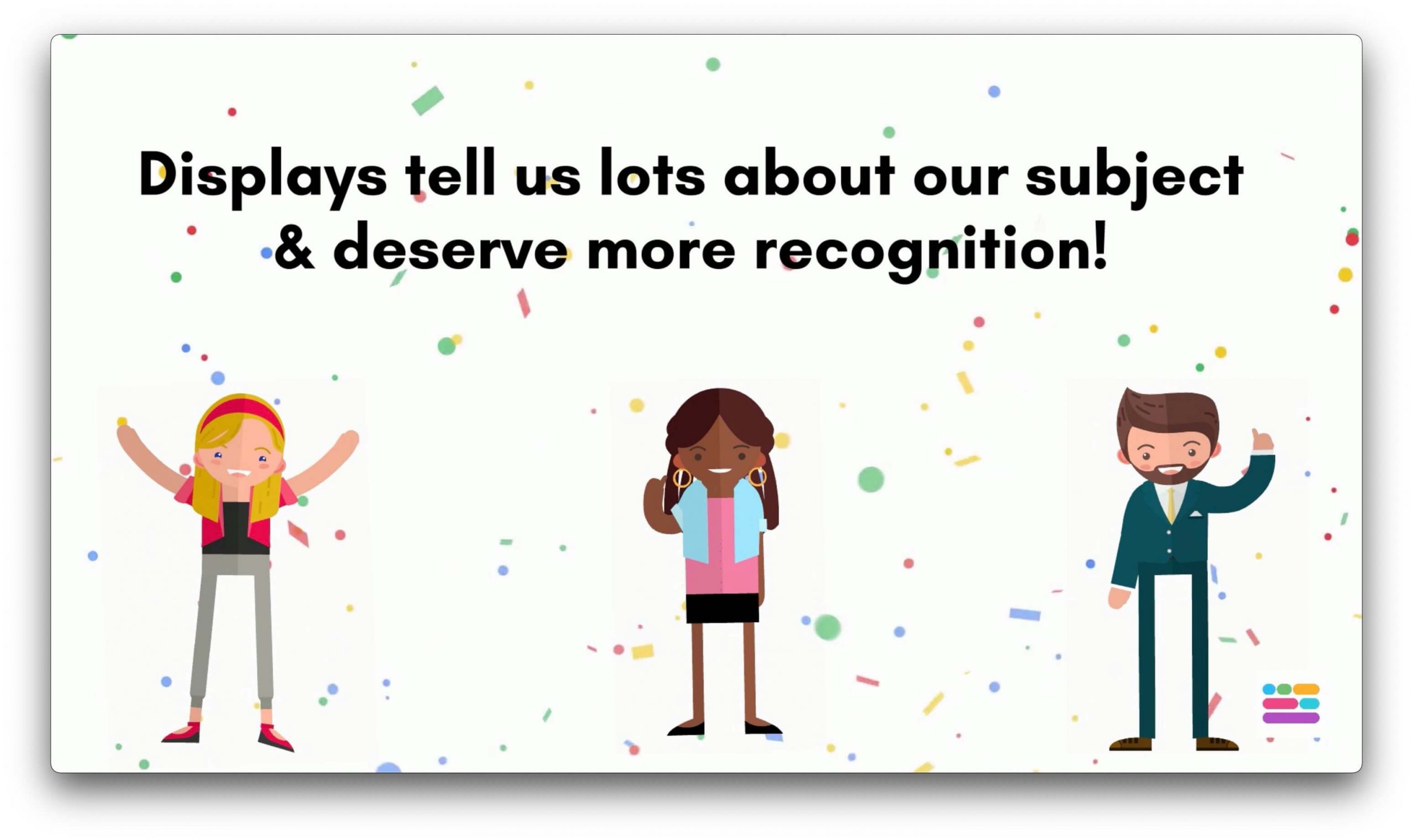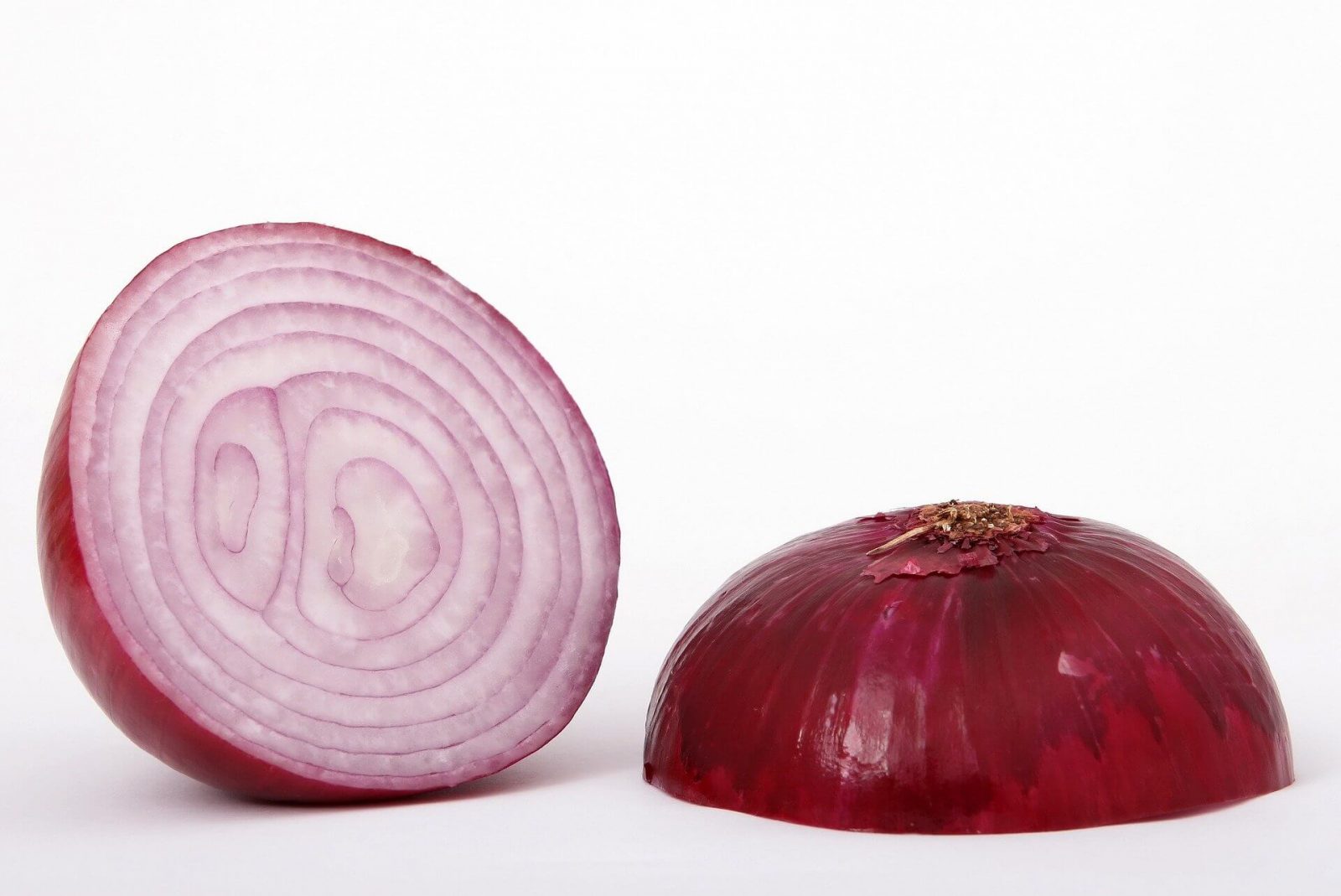We humans have created wall displays for a long time.

By Mariano , CC BY-SA 3.0, Link
This cave art probably meant a lot more to the artist and their community than we could imagine. These days there isn’t a school in the land that hasn’t had a display with silhouetted hands at some point applied to a variety of contexts. With a bit of imagination you might be able to hear the artist talking about the meaning of their work.

The Bayeux Tapestry hanging is an extraordinary example of story telling that has survived over nine centuries and you can almost hear sounds of battle by just looking at it. Have you got any displays that pack in quite so much information as this? Incredible.
![]()
Fruit or Pomegranate by William Morris (1834-1896) Rawpixel, CC BY-SA 4.0, Link
‘Fruit’ is one of the most enduringly popular of William Morris’s designs. It is still used right up to the present day to cover all manner of things such as iPhone cases, mugs and cushion covers! But while the print is special, arguably it’s visual impact will lessen over time along with the appreciation of it. Got any displays that people don’t really ‘see’ anymore?
OK. Now close your eyes.
At the time of writing, during a pandemic & just before half term, you’re lucky if you can remember your own name so don’t worry if you have no answers. You will need to peek at the next paragraph!
First, imagine your classroom, a school corridor or shared space in school. Can you remember what displays are on the walls? Focus in on one you can remember most clearly. What area of the curriculum is it? What’s the purpose of the display and will it be up long do you think? Has the subject leader been made aware so they can take a look as part of their monitoring before it disappears? Is it clear what its about or does it need a tweak? Will SLT or others ‘get it’ or might you need to be there when they are to flag it up for their monitoring? If there are references to school values, SMSC, RSE, SIAMS or more woven through it?
OK. Open your eyes.
After visiting 100’s of teachers in their classrooms for well over a decade in a school improvement capacity, it was clear that, while displays are a massive effort, they perform so many functions. What’s more, they deserve MUCH more recognition from people who can actually appreciate them. Displays are like onions with layers of meaning available to the different audiences viewing and interacting with their own particular filters. Also like onions, there’s often tears involved too. Whether it’s the massive effort of creating a display at the end of a long day, the pain of stapling your hand to the border or the pride of a parent looking on.
Before the pandemic, you may have seen tweets at the start of any given school term throwing a question mark over the value of display and even asking who on earth people do their displays for? It’s not hard to understand why. Teachers don’t do things for recognition because there’s not enough time in the day, but could it be that the reason some people question the value of display is that, aside from the obvious workload issues, there’s a feeling that ‘display’ is less recognised or valued in school than it might be?

Asked and answered
Being able to answer questions like the ones below for a whole school, wherever you happen to be when asked or asking, suddenly makes the effort count a lot more, particularly to you as a subject or school leader.
It would be ridiculous to expect anyone to keep all this in their heads so back In 2020, Blippit created a new app and dashboard tool called Blippit Boards so that teachers and leaders could answer all of the above and more, thanks in no small part to the generous feedback from our partner schools. Blippit Boards is a bit like having your own private school Instagram where staff snap, tag and share their displays to auto-generate graphs in a dashboard offering whole school insights for subject leaders and SLT as part of curriculum monitoring.
There’s a video and more information at BlippitBoards.com if you’d like to find out more but in the meantime, keep well!

